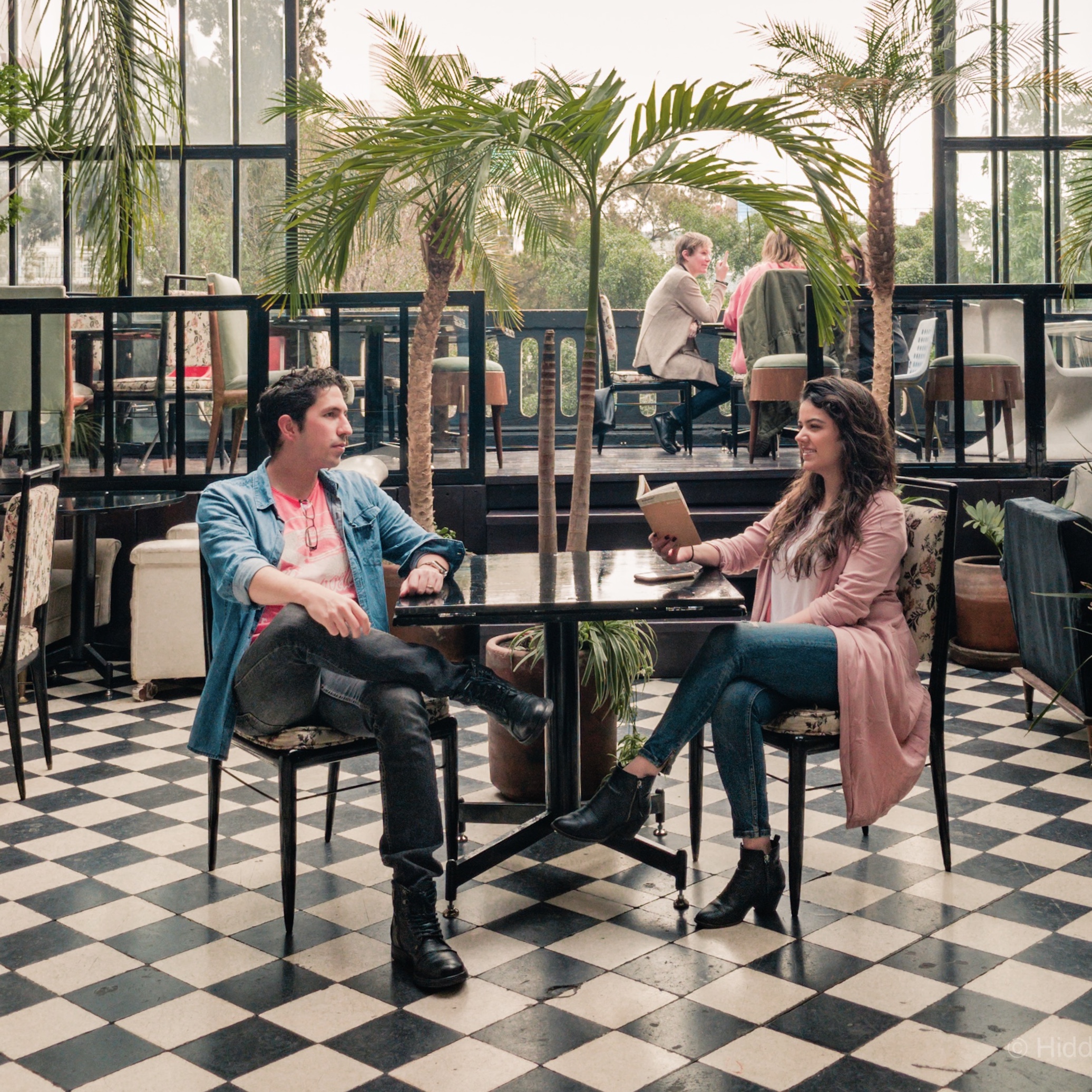
At the beginning of the 20th century, to commemorate 100 years of Mexico’s Independence, President Porfirio Díaz commissioned the construction of the new National Theater to Adamo Boari, an Italian architect (also responsible for the design of the Palacio de Correos).
The white marble structure was almost complete when Adamo left the country and everything was shut down due to the outbreak of Mexico’s Revolution. And it wasn’t until 1928 that Federico Mariscal, Mexican architect, resumed the construction.
Finally, in 1934 the Palacio de Bellas Artes or Palace of Fine Arts was inaugurated and became the first art museum in Mexico –a national forum for performing and plastic arts.
Apart from being a beautiful piece of architecture, the building has a lot of symbolism, history and character that demand a proper visit –taking a quick picture from the gardens isn’t enough. So, here’s how to enjoy it:
-
Find its architectural secrets
The building’s exterior was made out of white marble from Carrara in an eclectic style with classical and Art Nouveau touches. The figures surrounding the dome and arches represent inspiration, music and emotions, and Mexican details like the jaguar and eagle warriors.
By the time Federico Mariscal took over, Art Nouveau was out. So, the interior of the building was decorated with a strong Art Déco influence. Details of this new movement can be seen especially in the ticket offices and in the bronze and steel pre-Hispanic details along the white, black, red and pink marble.


-
Admire the walls filled with art
The museum has a permanent collection of 17 murals from seven Mexican artists, such as Diego Rivera, Rufino Tamayo, David Alfaro Siqueiros and José Clemente Orozco. Plus, some very interesting temporary exhibitions.




-
Check out the best view
If you want to take an aerial photo that includes the gardens and the palace, cross the street, go inside the Sear’s building (right in front of Bellas Artes on Av. Juárez) and up to the furniture department.
Once there, you’ll see a small counter with pastries against the windows– that’s Café Don Porfirio’s. Coffee and chocolate aren’t great, but you have to buy something to go inside and it’s totally worth it (Starbucks prices).


-
Enjoy it in full splendor
The true highlight of Bellas Artes is the beautiful theater with wooden floors, pink marble walls, red velvet seats, a leaded glass ceiling and a one-of-a-kind glass curtain.
There are free-guided tours inside the theater twice a day (information below). But if you can and want to see the theater come to life, check the productions available and book a ticket. The ‘Ballet Folklórico de Amalia Hernández’ is our go-to recommendation; a fine performance of Mexico’s traditional dances and music that will immerse you in our joyful culture.



Useful information
Tips:
– After buying your ticket, go up the first section of stairs and look for the Information Office (Módulo de información)- it’s behind one of the left side columns. Ask them for a printed guide in English or Spanish; it has all the building’s history and facts.
– Pack a pair of sunglasses. The sun against the white marble of the building produces a blinding-painful glare that won’t let you admire the intricate details of the façade.
Open hours:
Tuesday – Sunday, from 10:00 to 18:00 (ticket office is open until 17:00)
Entrance fee:
$60mxn per person + $30mxn camera fee (point and shoot and professional). They’ll give you a sticker to place on your shirt- show it to any guard that approaches you to say that only cell phones are allowed.
How to get there:
Metro: ‘Bellas Artes’ station will leave you just in front. Best way to get there; you’ll avoid all traffic.
Car: parking lot entrance is on Av. Juárez. Fee per hour- $28mxn.
Theater’s free-guided tour:
Tuesday – Friday at 13:00 and 13.30. Arrive 15min before and stand in line next to the main stairs, to your left (you can ask the people dressed in black). You want to be one of the firsts in order to grab a seat at the front and have a good view –pictures must be taken from your seat and you may not stand up.
Theater performances:
Look up performances and dates here. Or buy your tickets at Bellas Artes ticket offices. The best seats in the theater are those in ‘Anfiteatro A’.


Hi there,I check your new stuff named “All about Palacio de Bellas Artes – Hidden Corners” like every week.Your humoristic style is witty, keep up the good work! And you can look our website about free proxy.